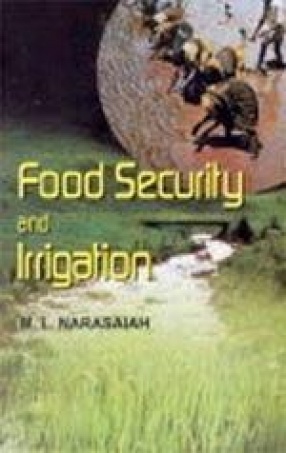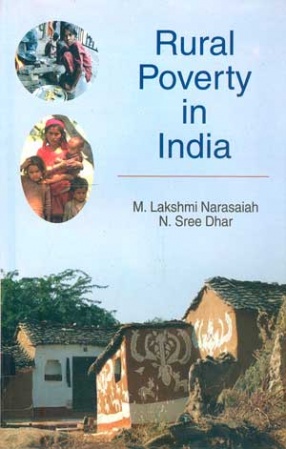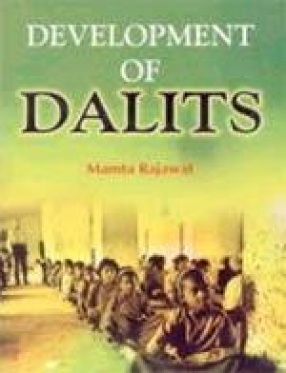The world food situation has never been better. Enough food is being produced today that, if it were evenly distributed, no one should have to go hungry. World food production is increasing faster than population growth: per capital production increased by 5 per cent during the 1980s. Real food prices are at historic lows and have been declining for some time now. Yields of major cereals have more than doubled in the past three decades. These trends have contributed to complacency in some quarters regarding the world food situation. Yet, more than 700 million people in the developing world do not have access to sufficient food to lead healthy and productive lives. More than 180 million children are underweight. Diseases of hunger and malnutrition are widespread. The desire to satisfy food needs has, in combination with increasing population densities and inadequate agricultural intensification, led to much degradation of environmentally fragile lands, such as forests and steep hillsides. Over the next 20-30 years, farmers and policy makers in developing countries will be challenged to provide food at affordable prices for almost 100 million more people every year the largest annual population increase in history. Moreover, they will have to increase food production from more productive use of the land and without further degradation of natural resources: area expansion is no longer a feasible option in most of the world. What future food security will look like depends not on exogenous factors over which we have no control but on the decisions and actions taken by the major players: households, private and public-sector agencies, governments, and the international community. If we continue to act as we have in the 1980s and early 1990s, more people will suffer from food insecurity, it will be because some or all of these players failed to act in an appropriate and timely manner.
Fresh Water Fisheries
$27.00
$30.00








There are no reviews yet.